

 MARK HOLLAND describes how he made the platform in his goods yard.
MARK HOLLAND describes how he made the platform in his goods yard.
Over previous RIGHT LINES I have been showing off/demonstrating various products and techniques in relation to their use on my O gauge layout. At one end of my layout I have a goods yard/platform that was seen in a previous issue when I cobbled the area with a Noch product.
I suddenly realised I hadn’t shown how I made the platform...D'oh! So, I thought I’d dig out the photos and run through making it for you.
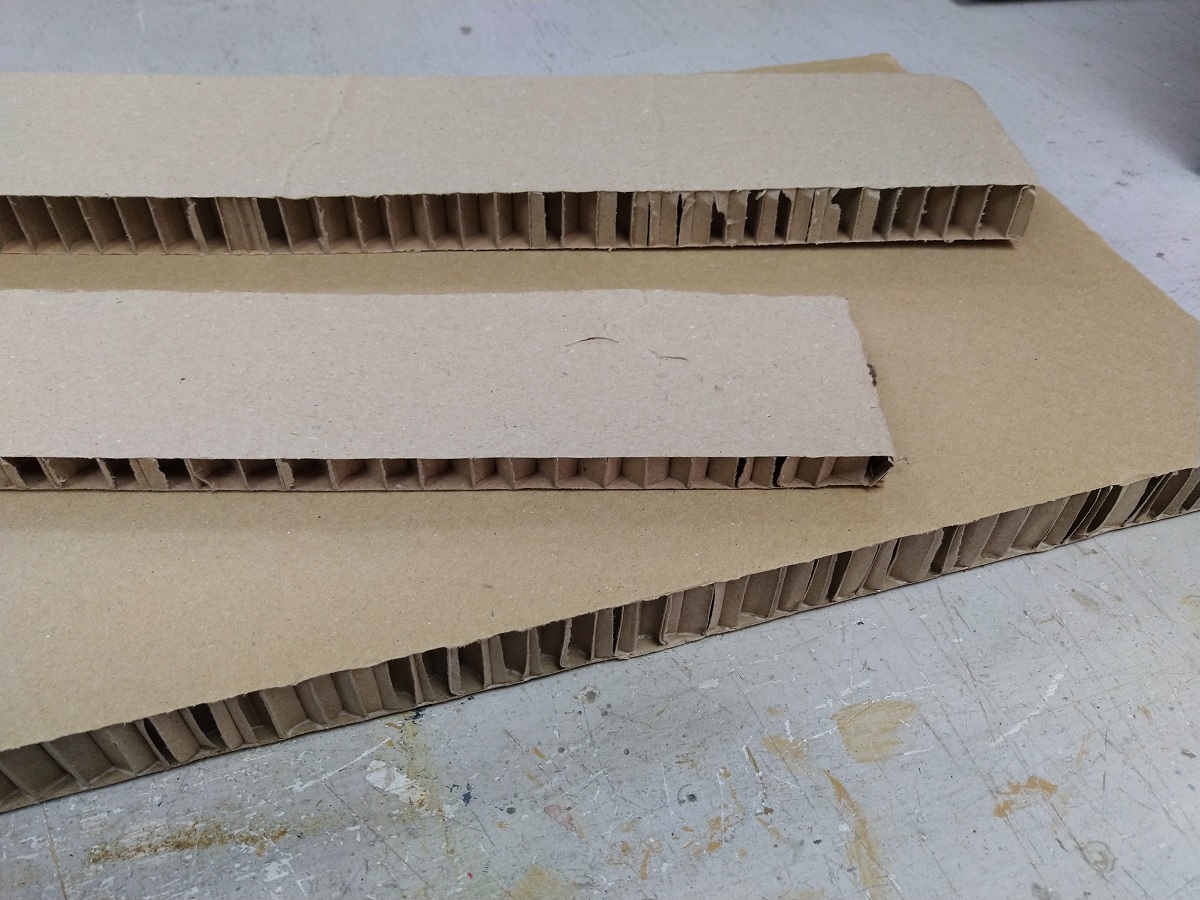
It all started with what was an incredibly useful type of corrugated cardboard packing from a computer box. I used this because it was at hand, but you could use anything to build the base, card layered up, balsa or even a block of wood.
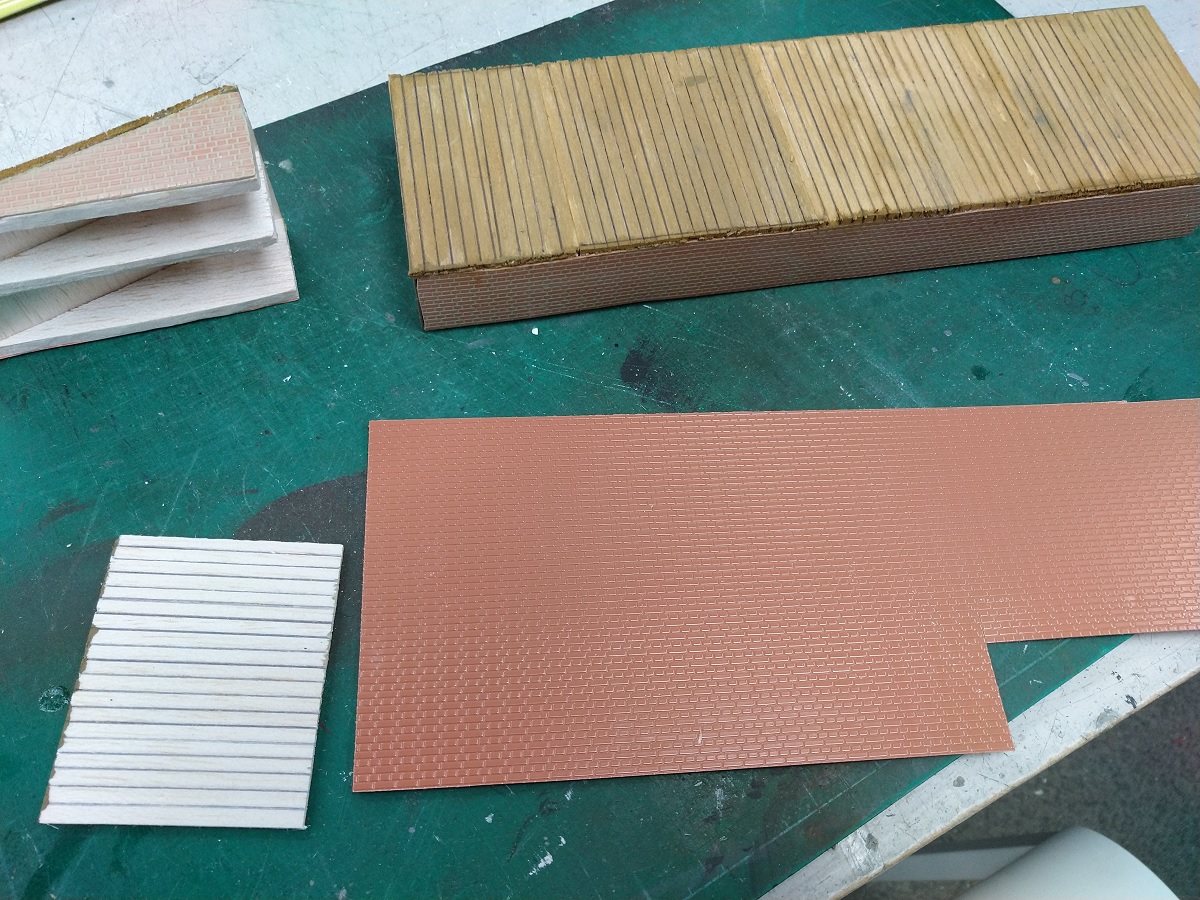
Using some Slaters O gauge embossed brick plastic sheet to clad the sides and a thin layer of balsa wood on the top this gives a very quick to assemble platform. I also put together a ramp using some scrap balsa but again you could use anything such a thick card to make it. The planking on the balsa was achieved simply by using a good old fashioned Bic Biro with black ink and a ruler - press nice and firmly, when ruling the lines, and you dent the balsa and leave black ink, which gives you the plank gaps. Glue it all together with your preferred adhesive, I used a superglue for speed but a good PVA will work just as well although slower.
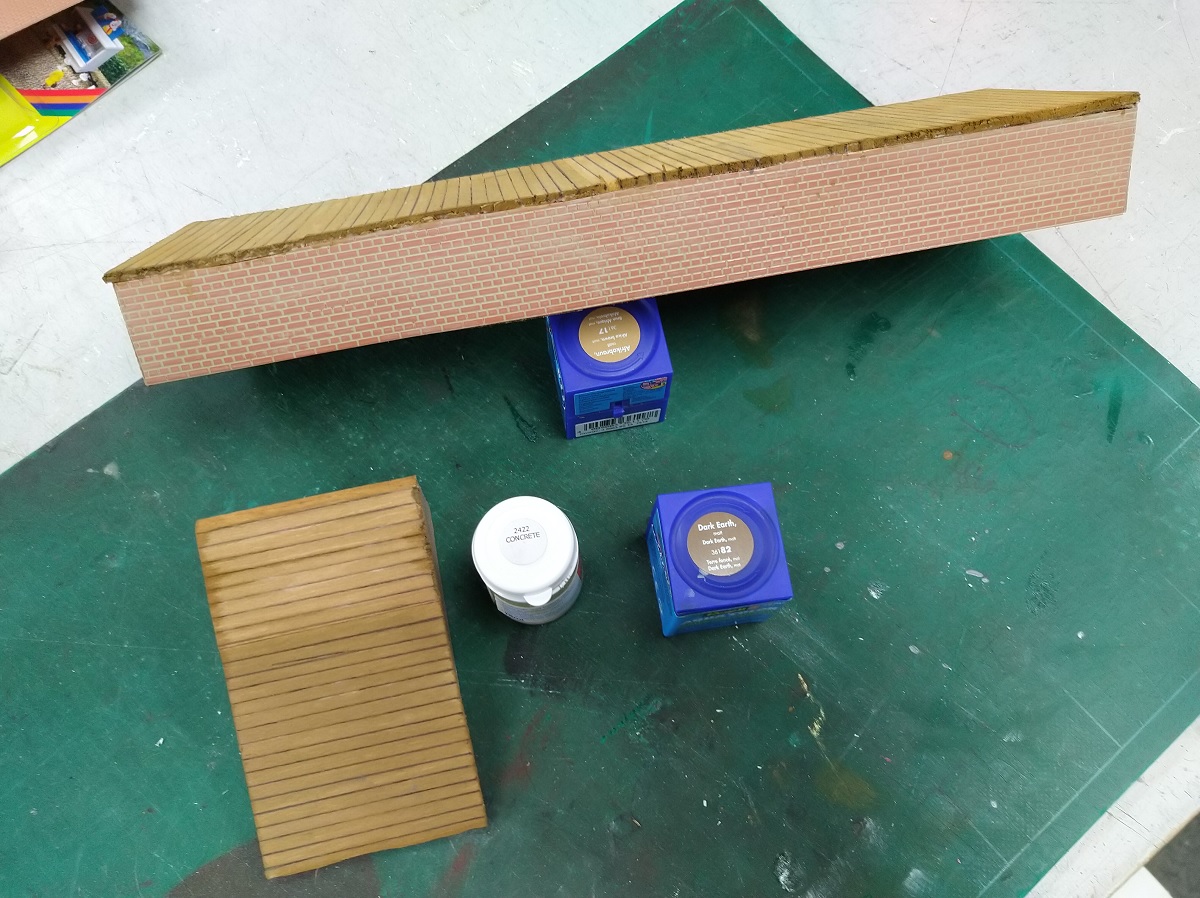
Next step is some basic painting for the brick work. The mortar gaps in the brick work were coloured with Railmatch RM2422 Concrete Acrylic Paint. You can use any colour you like but I find using a light colour works best. Apply the paint quickly and evenly over all of the brick work, making sure it gets into all the recesses. Once this is done straight afterwards get some dry tissue/kitchen towel and wipe over the surface, this should clean off all the raised surface of paint. This means that the mortar is left behind, as shown in the picture.
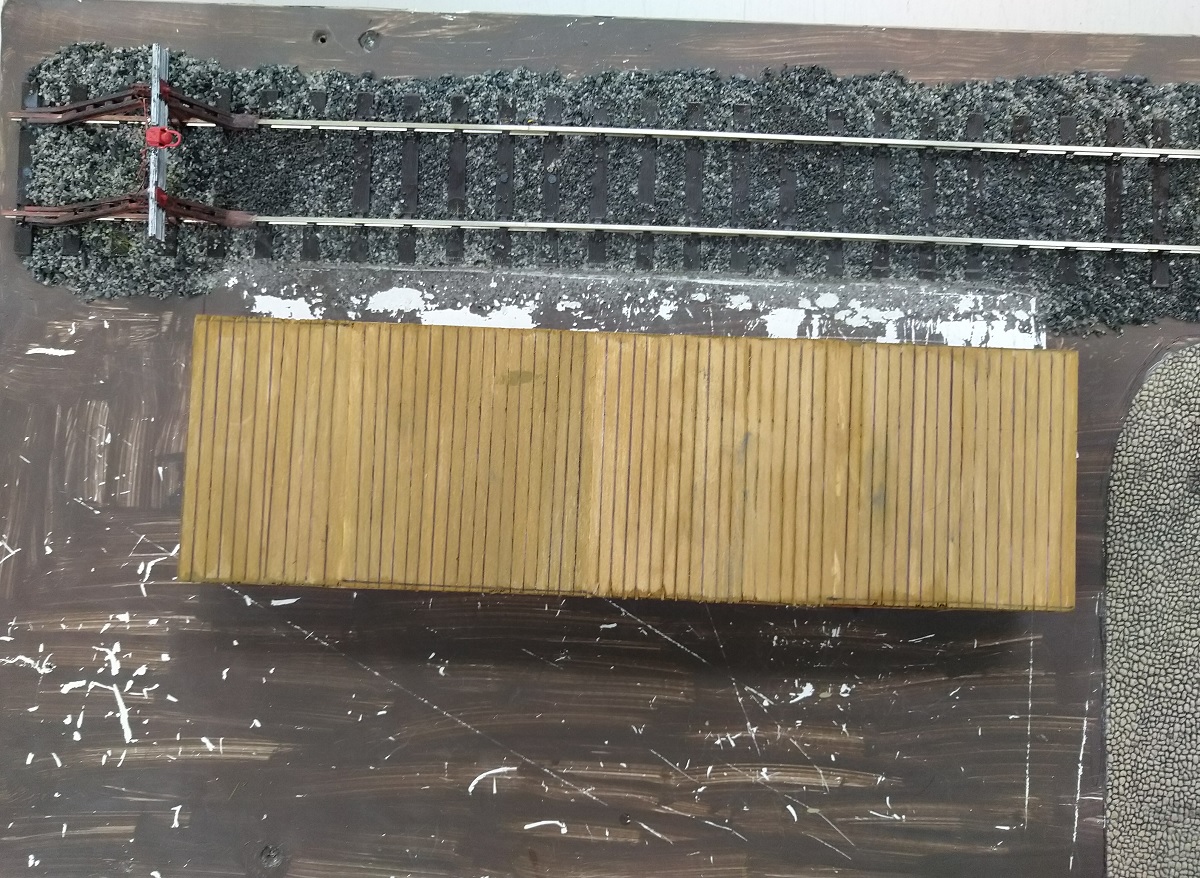
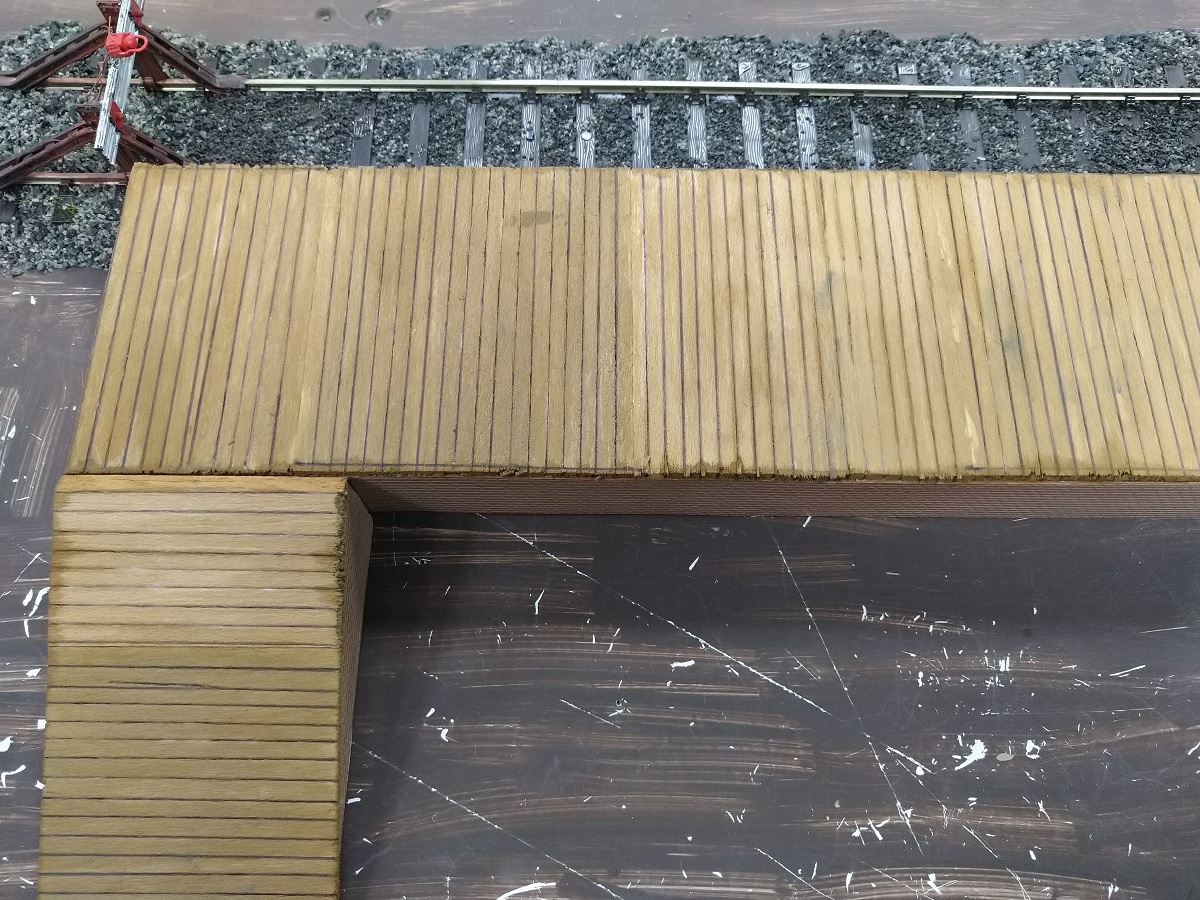
With the planking, several coats of watered-down light brown/wood coloured paint soaks into the balsa nicely which helps add a depth of colour. Don’t worry if any of the painting is a bit uneven as any real-life natural wood surfaces won’t be a consistent colour either.
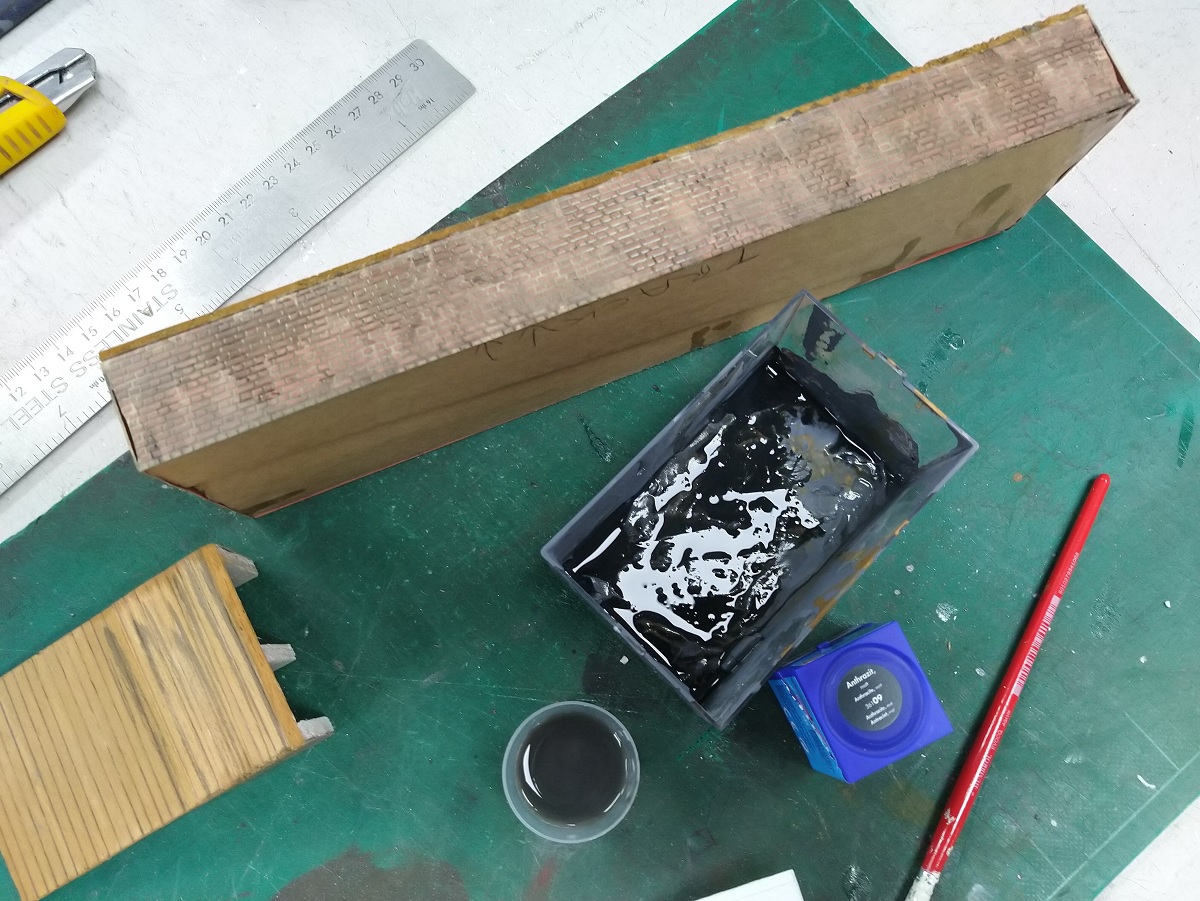
As a goods yard is unlikely to be anywhere near clean, a bit of weathering is required both on the brickwork and the planking. I used a Revell acrylic dark grey called RL36109 Anthracite, this is generally my go-to paint for weathering as it is a nice messy colour. Watered down a lot (about 80%) this gives a good weathering effect when applied liberally and in multiple coats to give a good dirt effect. This can be used on the planking as well although you may wish to try using some very dark brown as well.
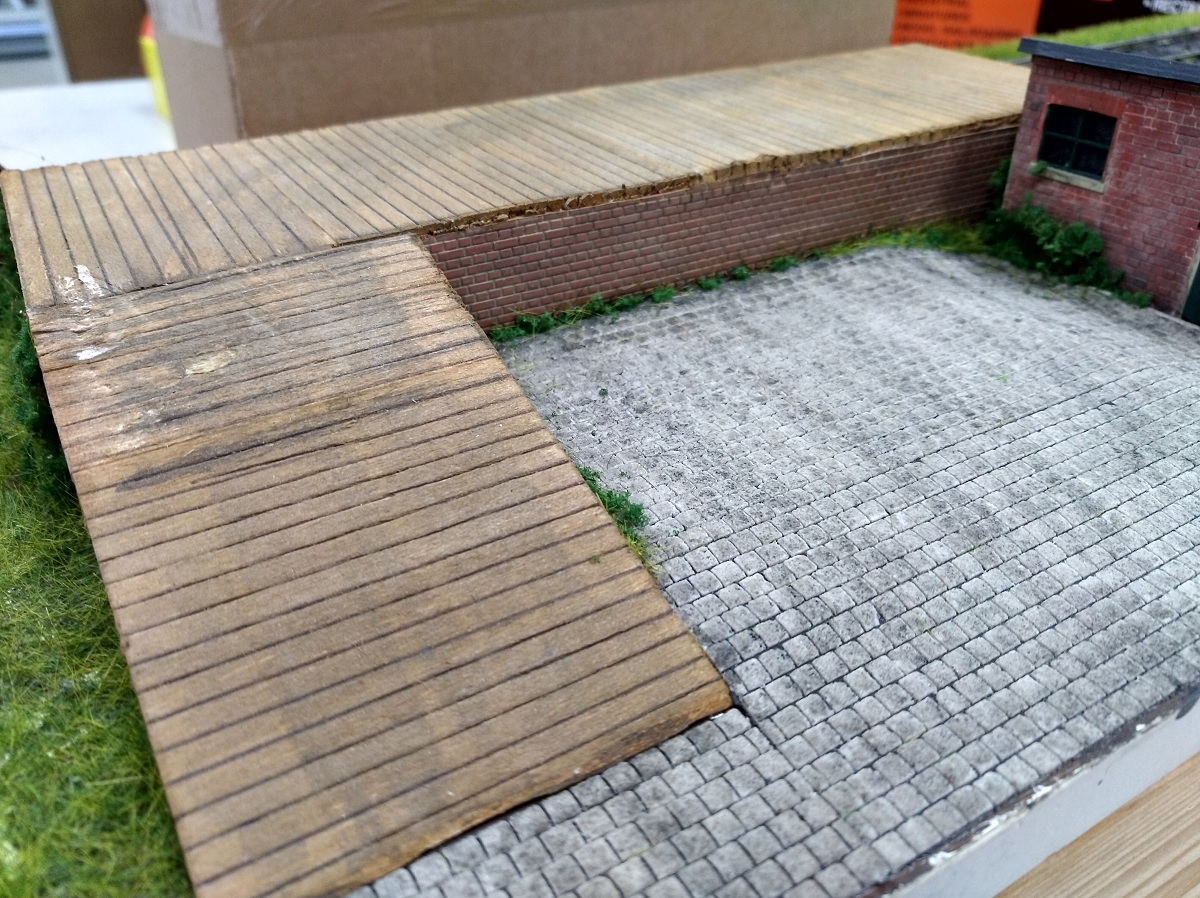
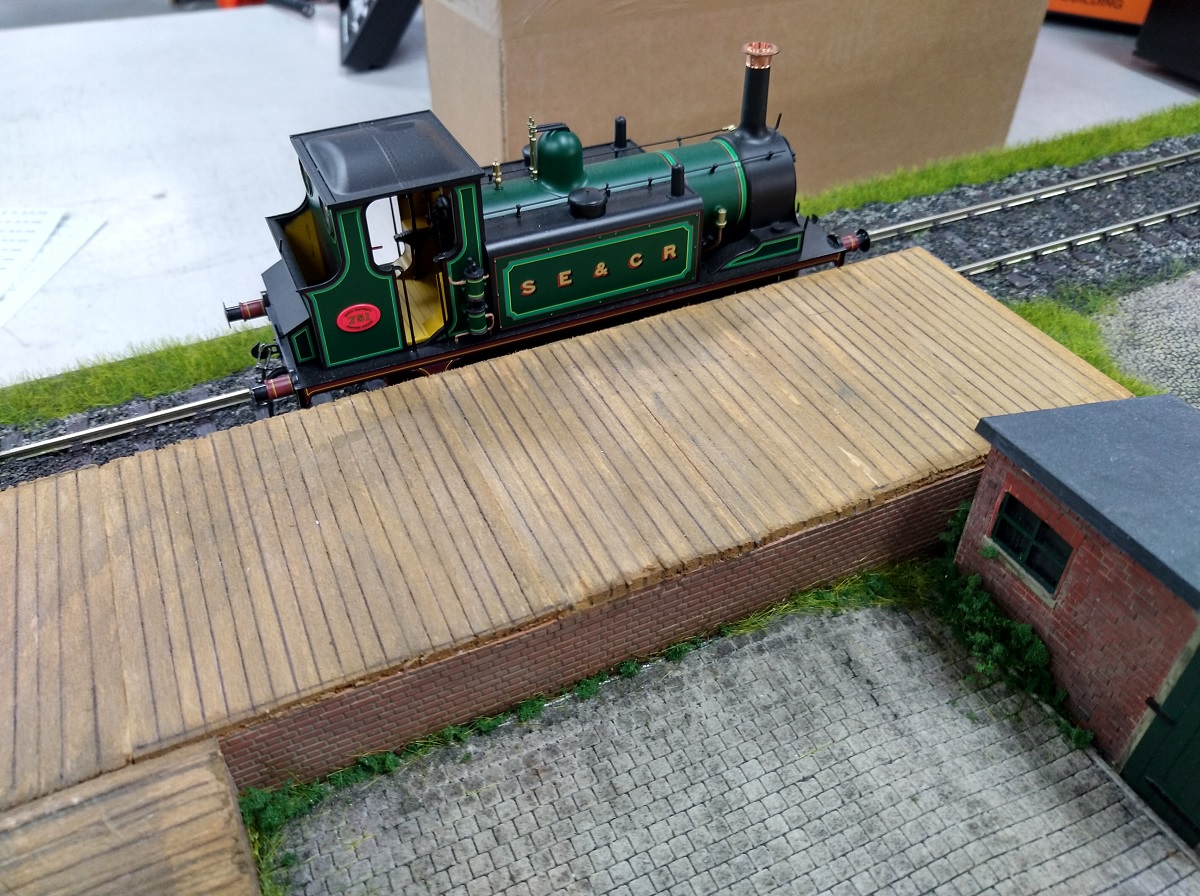
Once dry and put in position, add some foliage of your choice to the corners/along edges until you get the level of foliage appropriate to the layout. As you can see the cardboard packing with the balsa top added was the perfect hight.
This was one of those happy coincidences that meant that with very little cost (most of the extras were from my bits box) I could achieve a goods yard loading platform which fitted the bill so well.
I hope this has helped inspire you guys to look around and view everyday items in a new light and see where, with a little bit of work, they can be repurposed for our layouts.